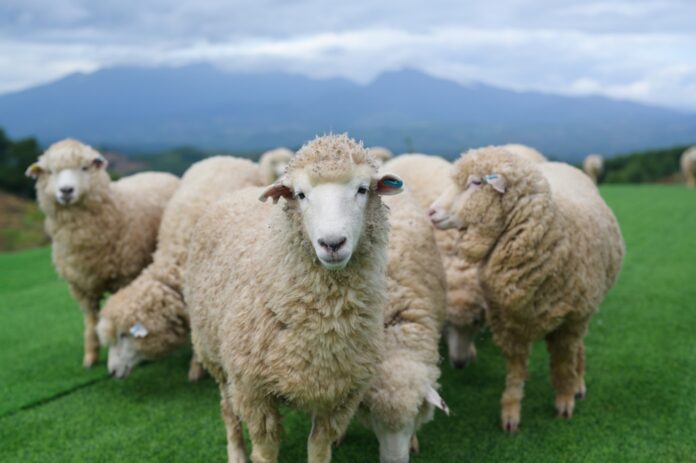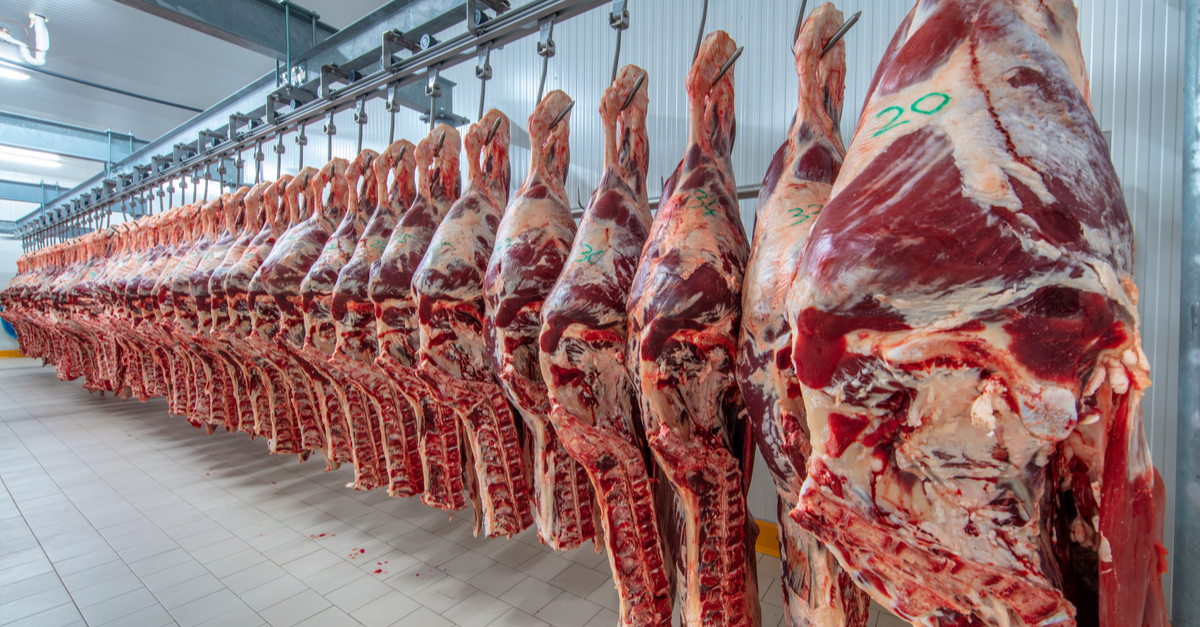Halal Slaughter: Debunking Misconceptions and Exploring Its Significance
The method of slaughtering animals for food—whether under halal guidelines or not—has long been a subject of deep debate. One group may argue that no animal should ever be taken for consumption, while others point to the nutritional benefits that animal protein provides for growth and overall health. Regardless of the approach, it is acknowledged that any such process involves elements of discomfort for the animal.
Within Islam, specific rules ensure that animal slaughter is performed only for compelling reasons, such as providing nourishment, combating disease, or protecting human life. Halal slaughter is performed in strict accordance with divine commandments, placing considerable emphasis on both the welfare of the animal and safety for those involved in the process.
What Does Halal Mean?
The term “halal” in Arabic translates to “permissible.” To produce halal meat, several important criteria must be met. First, the animal in question must belong to an approved species. Next, a brief prayer is recited by a Muslim or a person of the book, such as a Jew or a Christian, immediately before the neck is swiftly cut with a very sharp knife. This careful technique is designed to minimize the animal’s suffering.
In addition, the animal must be treated gently and restrained appropriately during the procedure. The process requires that the animal be alive at the moment of slaughter and that all of its blood is drained, leaving behind meat that comes from a well-cared-for creature. For instance, pork is entirely forbidden under halal regulations—even if processed by someone who follows the halal method—thus reinforcing the importance of adherence to these dietary laws.
Stunning in Halal Slaughter
Historically, both conventional and halal methods of slaughter involved killing animals without any pre-stunning. In modern times, however, advancements in stunning technology have introduced new techniques that some countries have mandated to reduce potential suffering.
There is an ongoing debate regarding whether halal slaughter can incorporate stunning. The answer is affirmative provided that the stunning method used is non-lethal. One commonly accepted practice is known as head-only electrical stunning, which renders the animal unconscious without causing its death. This technique is predominantly applied when processing sheep and goats, as it evenly aligns with halal requirements while helping to lessen the pain associated with the incision.
It is important to note that the specifics of stunning methods matter. While head-only electrical stunning is deemed acceptable, other approaches—such as mechanical or gas stunning—tend to cause death before the actual act of slaughter. For this reason, the majority of halal processors steer clear of these latter methods. In places like the UK, non-lethal stunning is predominantly used for lamb, whereas traditional Jewish slaughter (shechita) is performed without any stunning at all. Current estimates indicate that about 80% of halal slaughter processes incorporate some form of non-lethal stunning.
Emphasizing Animal Welfare in Islamic Practices
Animal welfare is integral to halal slaughter procedures. The teachings of the Prophet Mohammed (peace be upon him) reinforce a high standard of care in all interactions with animals. He advised that if one must kill or slaughter, it should be done with maximum precision and minimal suffering. This ethic of “perfection in all things” extends to the preparation of the sharpest blades and the careful execution of the process in order to avoid unnecessary distress to the animal.
Such guidelines underscore the religious obligation among Muslims to ensure that animals are treated with respect and provided with a good quality of life throughout their existence—even up to the point of slaughter.
The Economic Impact of Halal Meat
Halal meat not only adheres to religious mandates but also plays a crucial role in the economics of the meat industry. Taking the UK as an example, although Muslims comprise only a small portion of the population, they account for a substantial percentage of lamb consumption. Similarly, they are responsible for a significant share of mutton and poultry consumption. This robust market especially supports local farmers and reinforces the wider agriculture sector.
With an expanding Muslim population across various regions—including Europe, the Americas, Asia, Africa, and the Middle East—the halal market is steadily growing. Any effort to ban halal slaughter would potentially impose severe hardships on these communities and might also jeopardize the financial wellbeing of the meat industry at large.
For additional insights into halal standards and practices, readers can explore resources such as the AHDB Halal website or the Halal Food Information Centre.

Embracing Faith, One Insight at a Time!
The teachings of the Quran have always guided my path. With a deep passion for Islamic knowledge, I strive to blend the wisdom of tradition with the relevance of today, making the timeless messages of Islam accessible and meaningful for everyone.
Muslim Culture Hub is my platform to share historical insights and thought-provoking articles, exploring both well-known and lesser-discussed aspects of Islamic culture and beliefs. My mission is to create an inclusive online space where everyone can learn, strengthen their faith, and connect with the profound message of Islam.
Join the journey!
May peace be upon you.











